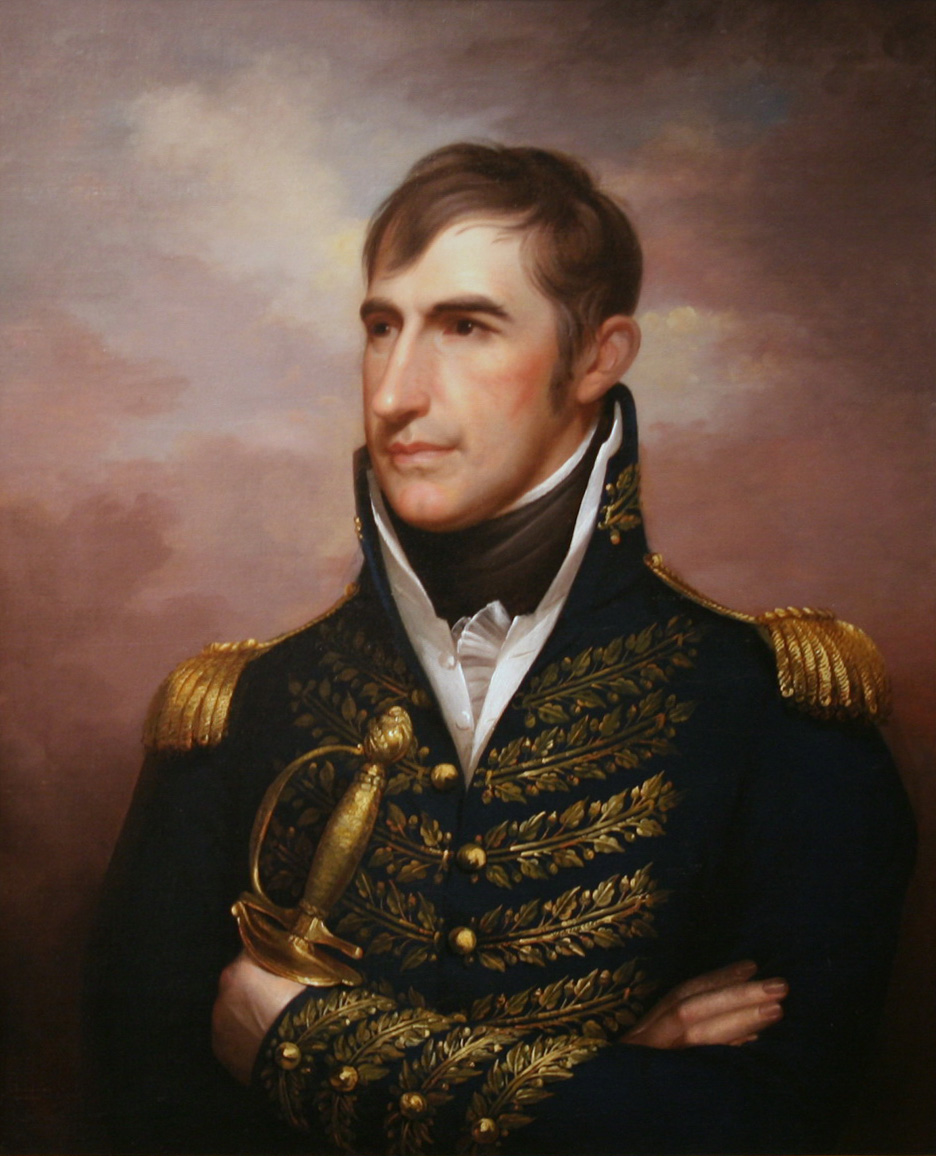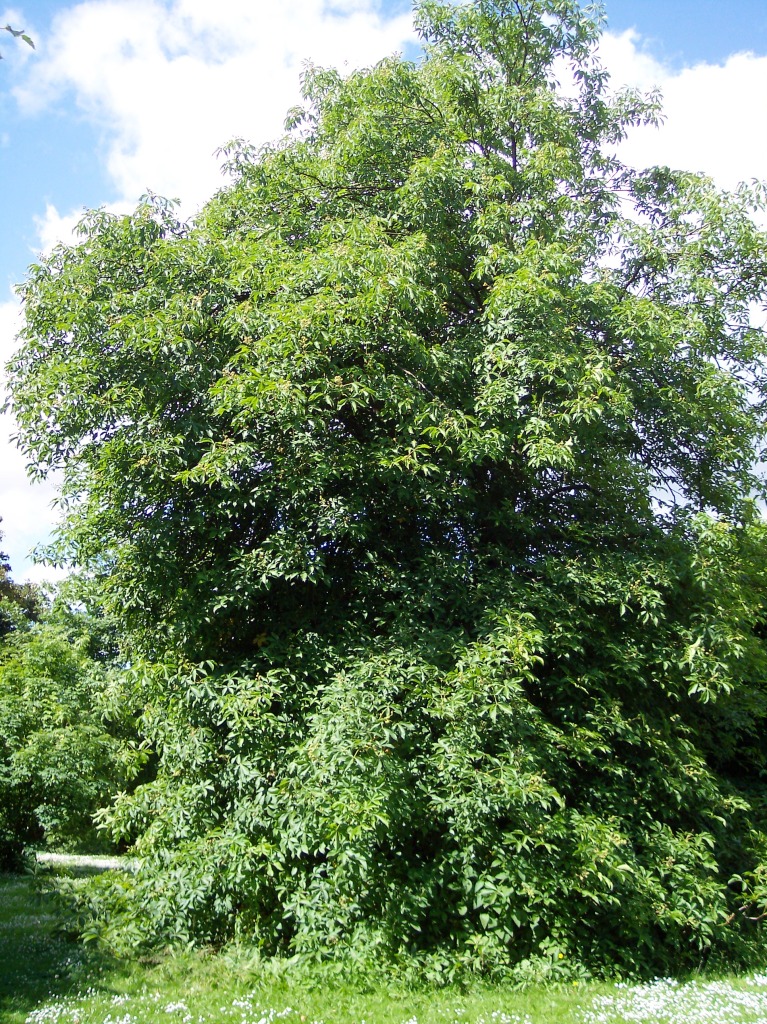Real buckeyesNative Americans are credited with giving the tree its name because their oval, two-toned nuts look like the eye of a male deer (a buck). Although they grow in the Ohio and Mississippi Valley regions, buckeye trees, which can grow up to 90 feet tall and 3 feet in diameter, are especially prolific in Ohio. |
 |
 |
The Grand BuckeyeMost believe the state first became associated with buckeyes during the presidential campaign of 1840. That's when candidate Gen. William Henry Harrison, an Ohio native who won the election, used a campaign song that referred to Ohio as the "buckeye state," where (buckeye) "cabins stand, in the bonnie buckeye shade." |
The Buckeye TreeMore than a century later, in 1953, the Ohio General Assembly adopted the buckeye as the official state tree. (The tulip poplar is the state tree of both Kentucky and Indiana.) Other states claim oaks, maples, pines and hemlocks, but Ohio is the only one that adopted the buckeye as its own. Two buckeye species - the "Ohio" and "Yellow" - are native to the state. Two others - the "Red" and "Bottle Brush" buckeyes - also grow in Ohio. |
 |
 |
Brutus BuckeyeOctober 1965 Where it began, Ohio State students Ray Bourhis and Sally Huber suggested a buckeye as Ohio State's mascot. Back then, other universities brought live animals to the games as mascots. But bringing an actual buck to games would have been problematic, so they chose a buckeye to represent Ohio State. Brutus Buckeye has had 12 transformations since 1965 to today. The Ohio State University mascot is Brutus Buckeye, and everywhere you go, you'll find Buckeye paraphernalia and souvenirs. |
